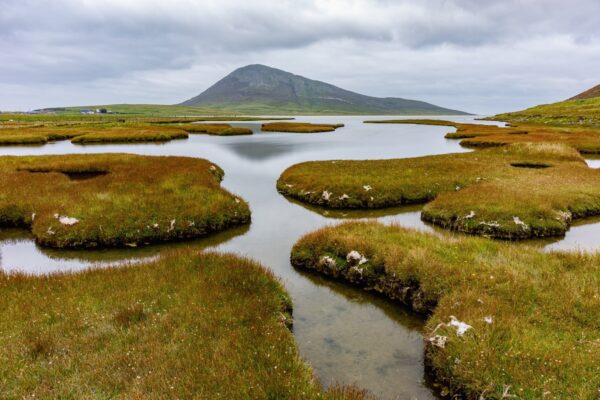Spending just under £3 billion on creating and restoring wetlands around the UK in the next 27 years could yield at least £11 billion in benefits for society and the environment, new research has revealed.
New findings from WWT, the environmental charity focussed on wetlands and wildlife, and environmental economics consultancy eftec, showed that spending £109m annually over the next 27 years on new or restored wetlands, like re-established saltmarshes, could reap serious rewards.
Looking at where wetlands would provide the most value to people and nature, WWT has mapped out 100,000 hectares of “wetland potential” around the UK, slightly larger than the total area of Dartmoor National Park.
Commenting on the findings WWT’s Chief Executive Sarah Fowler said: “By mapping the most promising areas for wetland restoration around the UK and estimating the total value of benefits they can bring to society, we want to show how much more these habitats could do for the UK.
“By the 2050s, annual economic losses from coastal and river flooding in England and Wales alone could be as high as £6.8 billion. Wetlands deliver up to £9 of benefit per £1 spent, giving some of the best value for money out of any nature-based solution.”
The values WWT and eftec have published are arrived at by estimating how much strategically placed wetlands could benefit people across the country by; improving the nation’s water quality, shoring up flood defences, storing carbon, and boosting health and wellbeing through time spent in nature.
Julie Foley, Director of Flood Risk Strategy and National Adaptation at the Environment Agency, said: “Wetlands play a critical role in helping slow the flow of water during heavy rain and creating more climate resilient places. That’s alongside providing habitats for wildlife, green space for communities, and helping to improve air and water quality. We welcome the new wetland potential maps which highlight the significant benefits that wetland restoration could provide for people and nature.”
Mapping the UK’s wetland potential
WWT has used national data to create Wetland Potential Maps, highlighting extensive areas across the UK that would benefit from wetland creation or restoration. These maps combine a range of data sources, from flood risk and sewage dumping sites to areas of economic deprivation, to identify places where restored or newly created wetlands could have maximum impact.
WWT say that the maps don’t replace the need for detailed site selection processes and local feasibility assessments – they’re not based on detailed local data, so are not suitable for viewing at a local scale (for example, at individual farm or field level).
Read about the maps in greater detail here.
